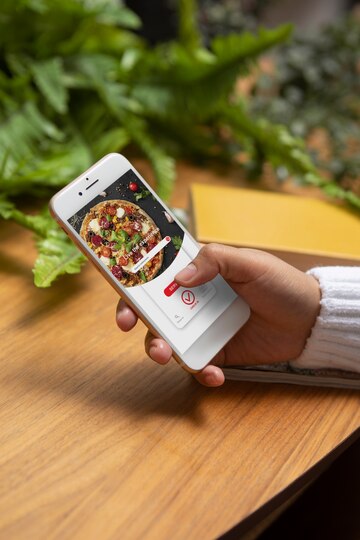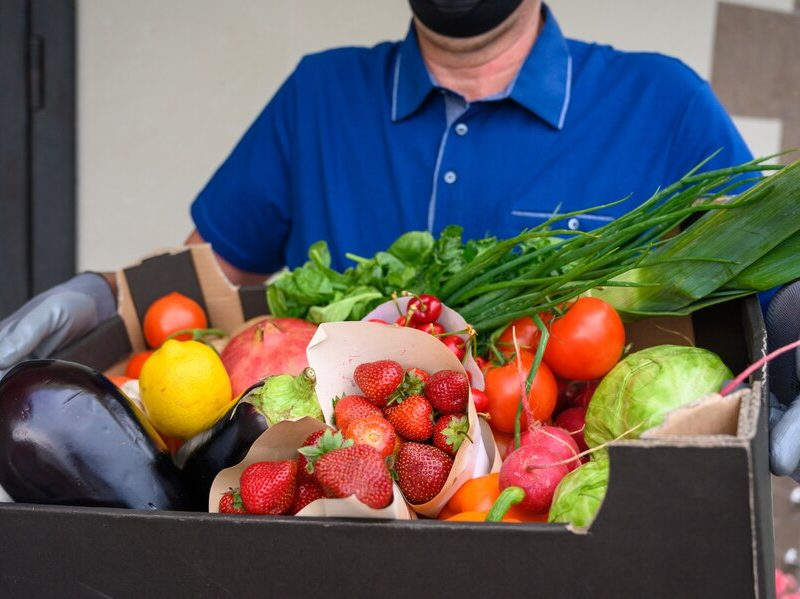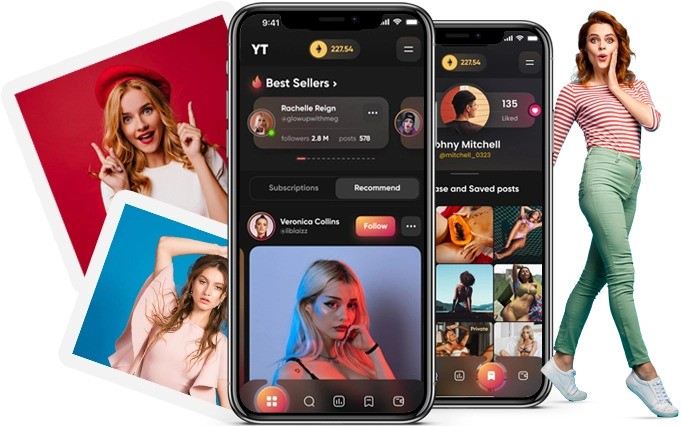With the modernization rate, food delivery or ordering apps are the norm today. DoorDash is the most impressive, offering an engaging user experience and an effective setup for guests and restaurants. Suppose you want a food delivery app development similar to DoorDash’s food delivery service. This article will give you fundamental insights to consider and follow when designing such an application.
Understanding the Food Delivery App Market
In this context, it is essential to identify market drivers, players, and expectations before beginning any development initiative. This section discusses food delivery and why the food delivery services industry has experienced high growth rates in recent years.
Key Players
- DoorDash: Well-known for a vast network of restaurants associated with the application and simple navigation.
- Uber Eats: This is a very diverse delivery service from which you can select. It delivers groceries and essential items.
- Grubhub: Stresses delivery from local restaurants by identifying the many available restaurants.
- Postmates: Able to accomplish courier tasks in delivering food and other retail items conveniently while tackling the time issue.
Market Trends
- Contactless Delivery: Besides these steps, safety measures have been increased, and delivery services are carried out without close contact with the client.
- Subscription Services: Services such as DashPass work on a subscription model, where users receive free delivery for a monthly fee.
- Sustainability: Environmentalism, green packaging, and sustainable utilization are becoming popular among users.
Essential Features of a Food Delivery App
To challenge giants, your app should at least consolidate the list of functionalities essential for use and value—a set of basic functions.
User Panel
- Sign-Up/Login: If the account is created, sign-up options include email, phone number, or social media.
- Restaurant Search and Filtering: It can involve filters and sorting options based on geographic location, type of cuisine, ratings, and delivery time.
- Order Placement and Tracking: Pipeline management, order status, and tracking.
- Payment Gateway: These payment methods range from credit/debit cards, mobile wallets, or even cash on delivery.
- Reviews and Ratings: A shopping app that allows users to rate restaurants and delivery based on various criteria.
Restaurant Panel
- Restaurant Profile Management: Ability to update menu items, prices, and business hours.
- Order Management: Dashboard to manage incoming orders, preparation status, and delivery coordination.
- Analytics and Reporting: Insights into sales, popular items, and customer preferences.
Delivery Panel
- Profile Creation: Registration and verification process for delivery personnel.
- Order Notification: Instant notifications for new delivery assignments.
- GPS Navigation: Integrated maps for efficient route planning and delivery.
- Earnings Tracker: Feature to track earnings and incentives.
Admin Panel
- User Management: Oversee and manage users, restaurants, and delivery personnel.
- Content Management: Update app content, including banners, promotions, and notifications.
- Analytics: Comprehensive reports on app performance, user behavior, and market trends.
- Support System: Customer support tools for handling inquiries and issues.
Development Process
Building a food delivery app involves several stages, each critical to ensuring a successful launch.
Market Research and Planning
Conduct thorough market research to understand your target audience, competitors, and market needs. Define your unique value proposition (UVP) and business model.
Choosing the Right Technology Stack
Select a robust and scalable technology stack. Common choices include:
- Frontend: React Native, Flutter
- Backend: Node.js, Django
- Database: MongoDB, PostgreSQL
- Payment Gateway: Stripe, PayPal
- UI/UX Design
Create intuitive and engaging designs. Focus on ease of navigation, attractive visuals, and a seamless user journey.
- App Development
Develop the app by integrating essential features. Adopt an agile methodology to allow for iterative testing and improvements.
- Testing
Conduct rigorous testing to identify and fix bugs. Ensure the app performs well under various conditions and offers a smooth user experience.
- Launch and Marketing
Make your app downloadable on the right platforms: the Apple Store and Google Play. Market your application using social media advertising, influencer marketing, and search engine optimization.
Conclusion
Creating the best food delivery app like DoorDash involves premeditation, thorough market research, and core functions aimed at users. Following the guidelines presented above might have a shot at creating an application capable of standing the test and meeting the demands of the modern customer.
FAQs
- How much does it cost to develop a food delivery app?
It varies depending on whether the app is complex, what functions you want to include, and the country where you want to base your development company. Depending on its specifics, it may range from $30,000 to $150,000 on average.
- How long does it take to build a food delivery app?
It may be plausible that it can take 4 to 6 months to develop a food delivery app from its conception through design, coding, integration, and testing.
- What is the best technology stack for a food delivery app?
A standard tech stack contains:
- The front end or the application itself.
- Using either React or Flutter and then the backend.
- Using Node.
For example, JavaScript or Django is used for the backend part, MongoDB or PostgreSQL is used for the database, etc.
- How can I monetize my food delivery app?
These are delivery fees, service charges, restaurant commissions, and subscription services such as DashPass.
- What are the key challenges in building a food delivery app?
The most critical risk factors comprise logistics, the app’s ability to handle many users, users’ expectations, and regulation constraints.




